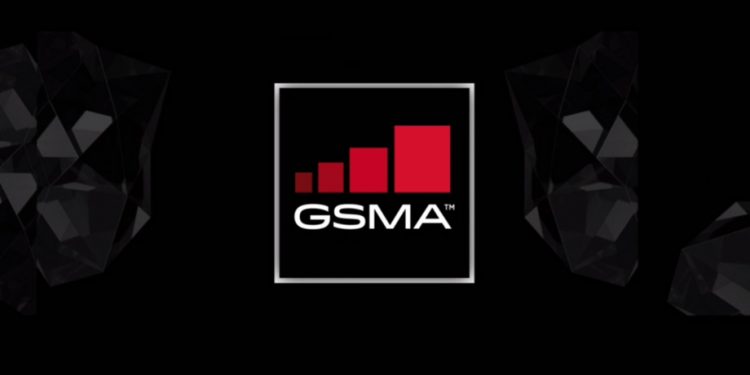Executive Summary
In this article, we will delve into the 5G rollout plans of Vodafone Idea (VI) in India. We will explore the strategies and timelines set by VI to bring the next generation of mobile network technology to the Indian market. By understanding VI’s approach to 5G deployment, consumers and industry stakeholders can gain insights into the future of telecommunications in India.
Introduction
Vodafone Idea (VI) is one of the leading telecom operators in India, serving millions of customers across the country. As the demand for high-speed internet and seamless connectivity continues to grow, VI has been gearing up to launch its 5G services. In this article, we will take a closer look at VI’s 5G rollout plans, including key strategies, timelines, and implications for the telecom industry in India.
FAQ
What is 5G technology?
5G is the fifth generation of mobile network technology that promises faster speeds, lower latency, and increased capacity compared to its predecessors. It is expected to revolutionize industries such as healthcare, manufacturing, and entertainment by enabling new applications like IoT and AR/VR.
How will 5G benefit consumers?
Consumers can expect to experience faster download and upload speeds, reduced latency, and improved connectivity with 5G technology. This means smoother streaming, quicker downloads, and better overall user experience on mobile devices.
When will VI launch its 5G services?
VI has announced plans to roll out its 5G services in select cities across India in the near future. The exact timeline for the launch will depend on regulatory approvals, spectrum availability, and infrastructure readiness.
Top 5 Subtopics
Infrastructure Development
- Investment in 5G infrastructure: VI is investing heavily in upgrading its network infrastructure to support 5G technology.
- Partnerships with equipment vendors: VI has partnered with leading equipment vendors to deploy state-of-the-art 5G equipment across its network.
- Testing and trials: VI is conducting extensive testing and trials to ensure the reliability and performance of its 5G network.
Spectrum Acquisition
- Spectrum auctions: VI is actively participating in spectrum auctions to acquire the necessary airwaves for its 5G rollout.
- Optimizing spectrum assets: VI is optimizing its existing spectrum assets to maximize efficiency and capacity for 5G services.
- Spectrum sharing agreements: VI is exploring partnerships and agreements for spectrum sharing to accelerate its 5G deployment.
Consumer Adoption
- Awareness campaigns: VI is planning consumer awareness campaigns to educate users about the benefits of 5G technology.
- Affordable 5G plans: VI aims to offer competitive and affordable 5G plans to attract a wide range of consumers.
- Device compatibility: VI is working with device manufacturers to ensure compatibility and availability of 5G-enabled devices.
Regulatory Environment
- Government policies: VI is closely monitoring government policies and regulations related to 5G deployment in India.
- Compliance with guidelines: VI is committed to complying with all regulatory guidelines and standards for 5G services.
- Industry collaborations: VI is collaborating with industry associations and stakeholders to shape the regulatory framework for 5G in India.
Competition Landscape
- Competitive positioning: VI is strategizing its competitive positioning in the 5G market against rivals like Airtel and Jio.
- Market differentiation: VI is focusing on unique value propositions and services to differentiate its 5G offerings.
- Customer retention: VI is implementing strategies to retain existing customers and attract new ones with its 5G services.
Conclusion
As Vodafone Idea (VI) gears up to launch its 5G services in India, the telecom industry is poised for a significant transformation. With a focus on infrastructure development, spectrum acquisition, consumer adoption, regulatory compliance, and competitive positioning, VI is laying the groundwork for a successful 5G rollout. By staying abreast of VI’s 5G plans, consumers and industry players can prepare for the exciting possibilities that 5G technology will bring.
Vi 5G has been switched on at Pragati Maidan in the national capital. Vi users are able to experience Vi 5G on our Live network. With this Delhi has become the first city to get Vi 5G. Wait to hear from us on our roll-out timelines.
Keyword Tags
- Vodafone Idea
- 5G Rollout
- Telecom Industry
- Spectrum Acquisition
- Consumer Adoption

